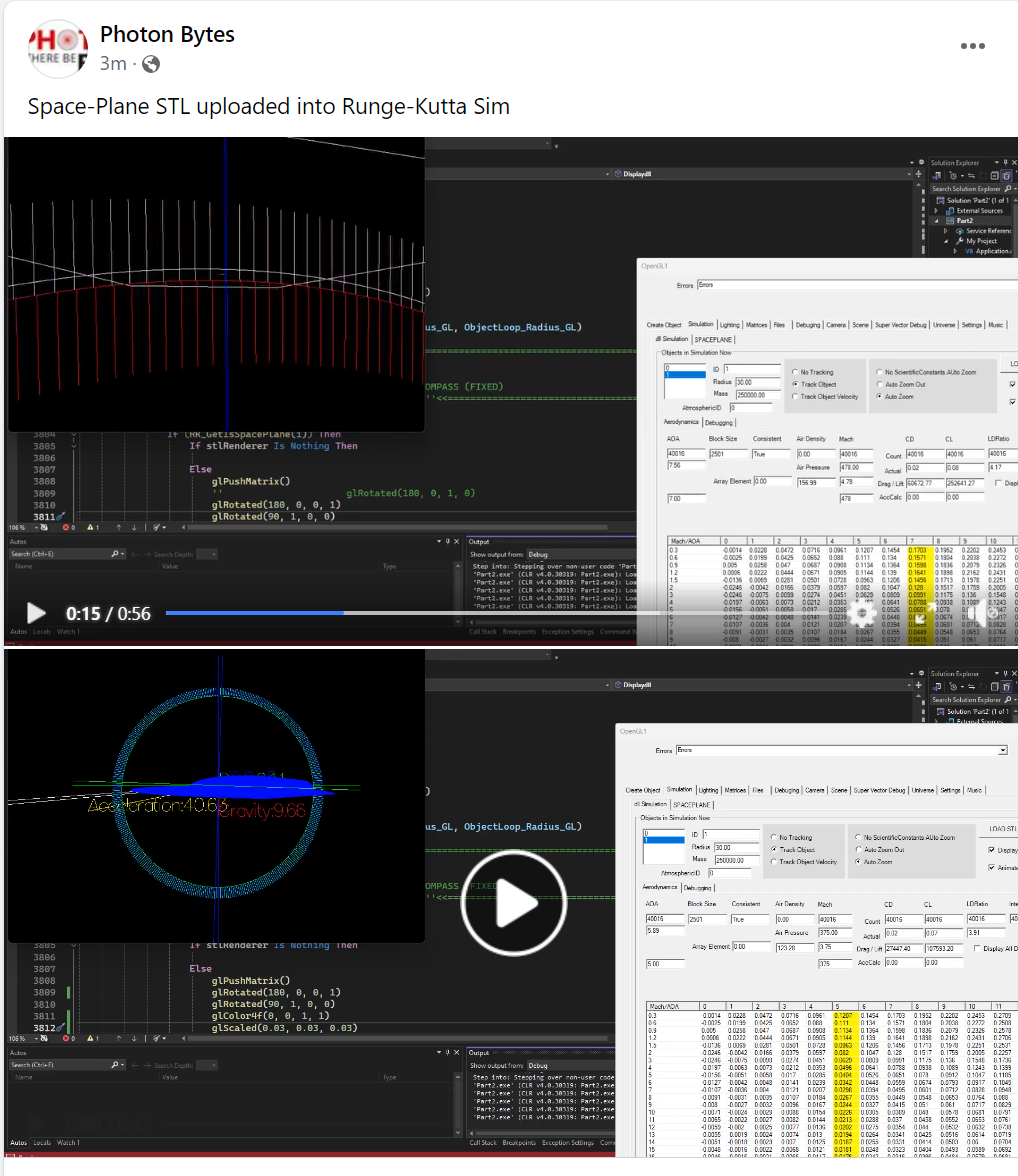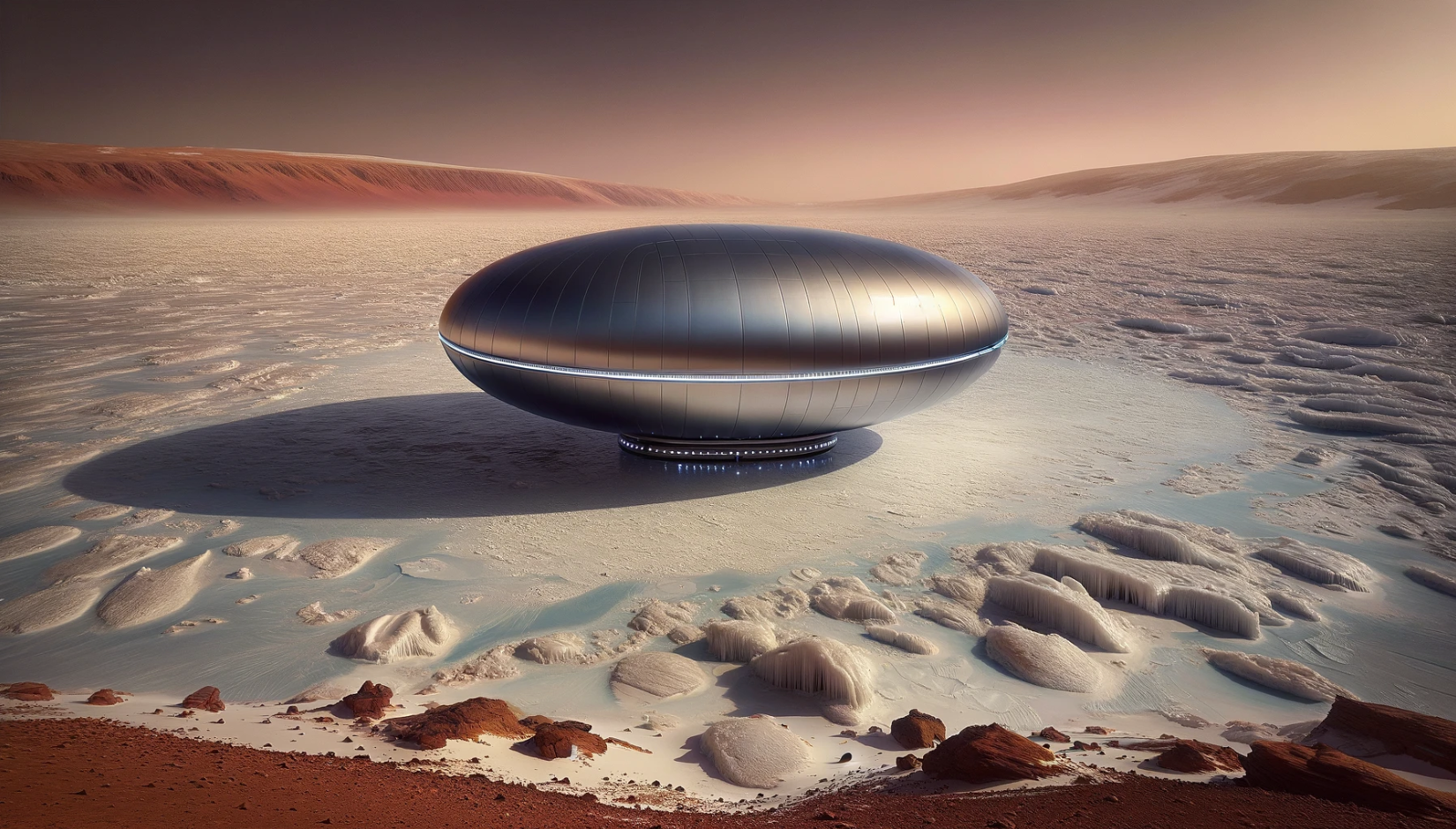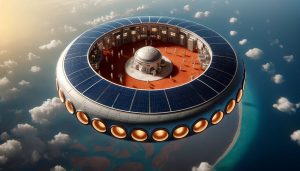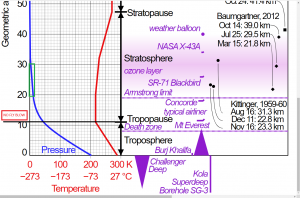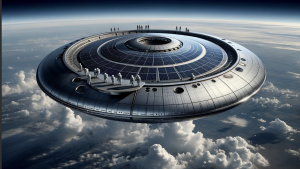Introduction
Genesis 1 describes how God created the vault called sky that seperated waters above and below it. Here is what I think the vault was. It was ice. And the Garden of Eden was a dome shaped air cavity created by a volcano which could have been the greater light instead of the sun. This would explain why there were no rainbows before the flood. When the flood occured the ice sheets above us colapsed and melted releasing trapped waters above it thus exposing space. With the sheets in place back in those days rainbows could not form because the light from space had to penetrate water and ice before reaching our eyes.
UPDATE: What AI thinks

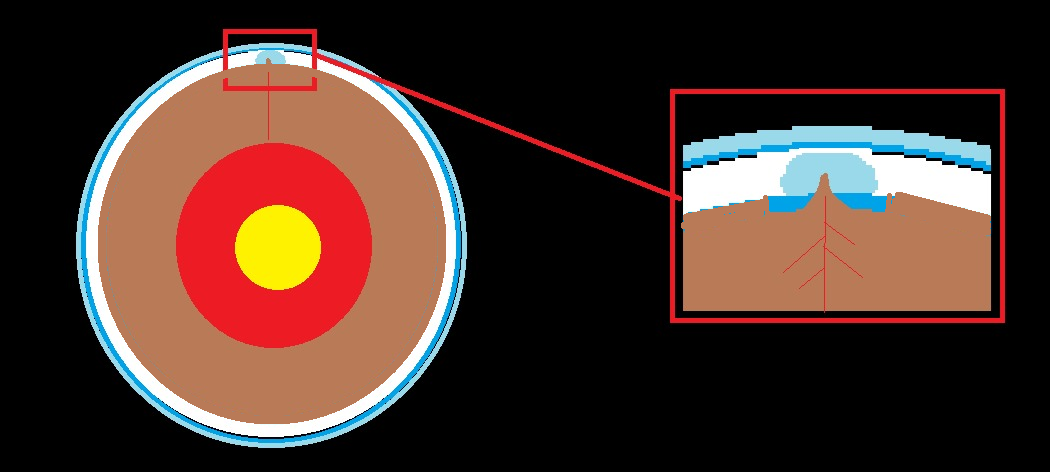
https://www.facebook.com/groups/31425129128/permalink/10164063448759129/
Flat Earthers are wrong about the Earth being flat but they got some ideas right, well…. almost!
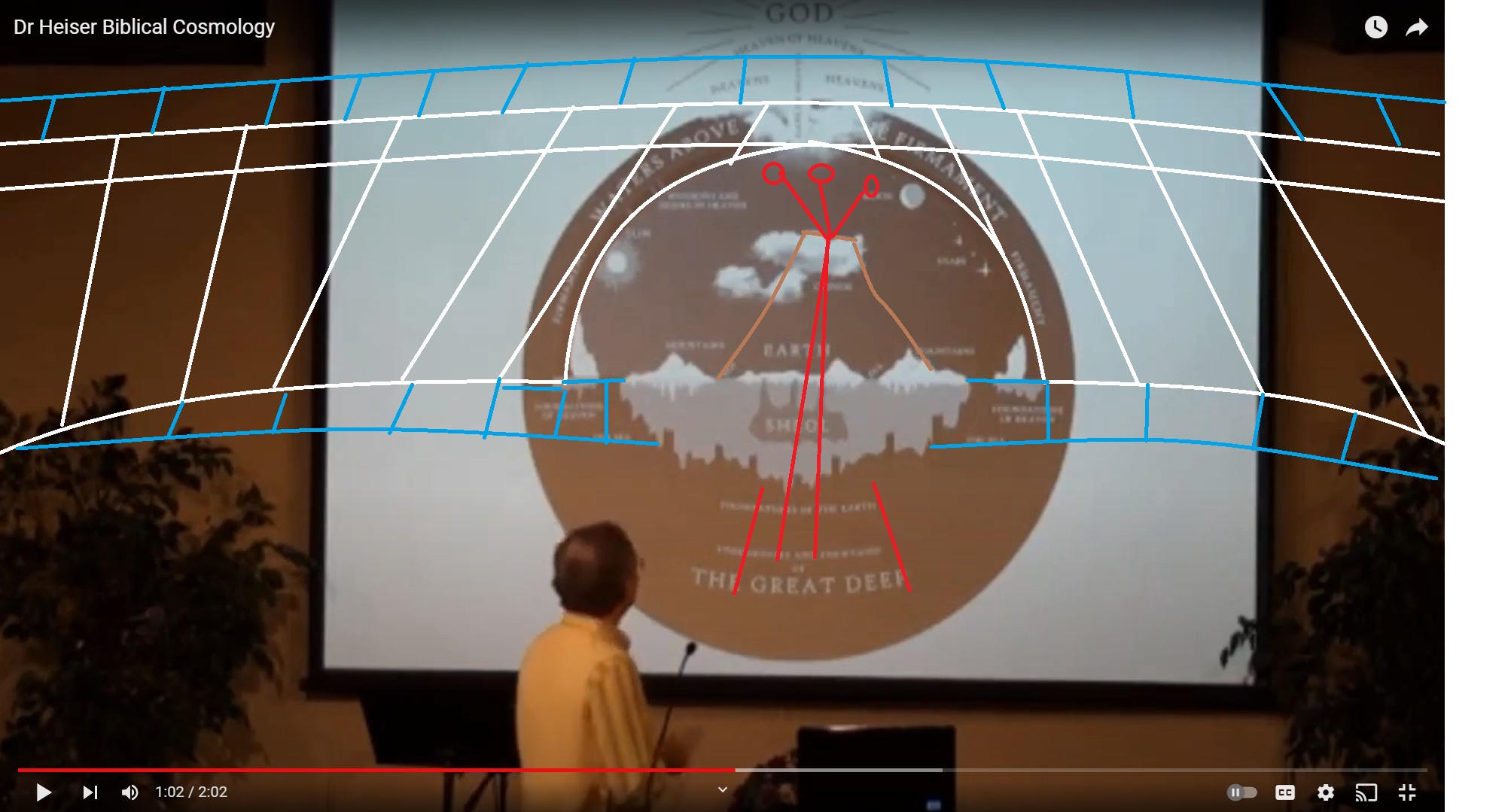
I don’t believe in coincidences. Disclaimer I do not advocate for Islam.




Genesis 1 makes more sense when you view younger Earth as a Jovian moon. Europa for example is the most famous moon known to man for it having an ocean under it’s ice.
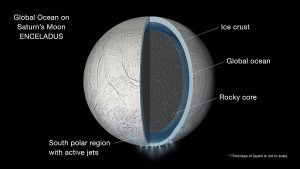
If Earth was in an ice age that secular scientist predict that might not be a bad thing for creationist. Because the Earth is in the green zone unlike the Jovian moons the ice sheets covering the entire planet from the ice age will eventuall melt and puddle the top surface of the planet thus creating an ocean world. This is not yet possible for the Jovian moons as they are currently beyond the green zone.
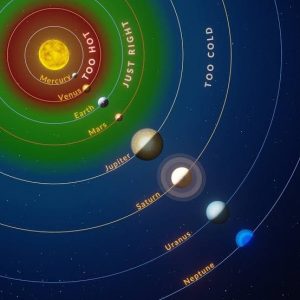
Simultaneusly as geological activities continue there would be air cavities in the ice sheets which would be 36,000 feet thick and high from the ground. There is much more water than just the ocean and we know this from the Beijing Anomaly. References below!
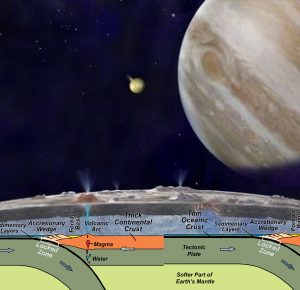
So if the Garden of Eden was real it would have been in one such air cavity with ice sheets above and an ocean above that too making the formation of rainbows near impossible or unlikely until after Noah’s Flood when the ice buckles and flood the skies with rain.
Here is the Biblical walkthrough:

“In the beginning the Earth was void and without form.2 Now the earth was formless and empty, darkness was over the surface of the deep, and the Spirit of God was hovering over the waters.”Darkness was over the waters because the waters was under ice “6 And God said, “Let there be a vault between the waters to separate water from water.” 7 So God made the vault and separated the water under the vault from the water above it. And it was so. 8 God called the vault “sky.”Back in those days, sky was this layer of ice above them with liquid water . So the ceiling of ice also had water on it. That will be the water to drown Earth in Noah’s ark. Look at the definition of vault in the Hebre Bible: a solid dome.

This would make sense because the air cavities created by volacnoes or other sources of heat would create a dome shaped air bubble due to subsidence more like the shape of a dome than a sphere.

“9 And God said, “Let the water under the sky be gathered to one place, and let dry ground appear.” And it was so. 10 God called the dry ground “land,” and the gathered waters he called “seas.”””14 And God said, “Let there be lights in the vault of the sky to separate the day from the night, and let them serve as signs to mark sacred times, and days and years, 15 and let them be lights in the vault of the sky to give light on the earth.” And it was so.”.Notice God keep saying the word vault. This is the ice sheet.”12 And God said, “This is the sign of the covenant I am making between me and you and every living creature with you, a covenant for all generations to come: 13 I have set my rainbow in the clouds, and it will be the sign of the covenant between me and the earth. 14 Whenever I bring clouds over the earth and the rainbow appears in the clouds, 15 I will remember my covenant between me and you and all living creatures of every kind. Never again will the waters become a flood to destroy all life. 16 Whenever the rainbow appears in the clouds, I will see it and remember the everlasting covenant between God and all living creatures of every kind on the earth.””. For the first time a rainbow could appear because before then it could not form when you have ice sheets between your eyes and the sun.

REFERENCES:
https://en.wikipedia.org/wiki/Lake_Vostok
https://timesofindia.indiatimes.com/travel/travel-news/scientists-discover-gigantic-ocean-700-km-beneath-the-earths-surface/articleshow/108999227.cms
https://en.wikipedia.org/wiki/Beijing_Anomaly
https://en.wikipedia.org/wiki/Planetary_oceanographyhttps://en.wikipedia.org/wiki/Underground_lake




